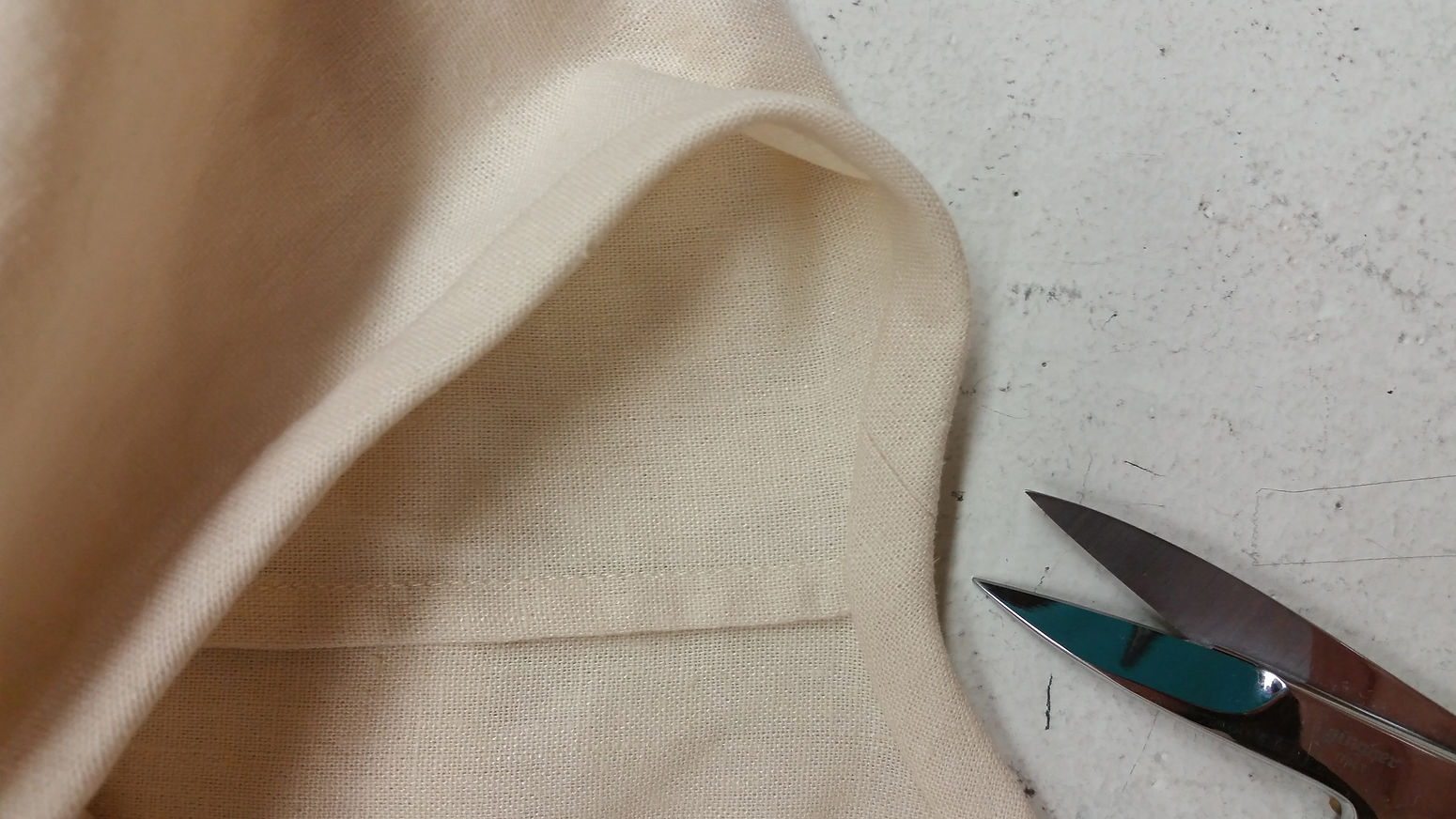
What is "slow fashion"?
Simply put, slow fashion is the antithesis to fast fashion. Think of the slow food movement, but for your clothes.
Where fast fashion exploits labor, pollutes air and water, and extracts resources from our planet, slow fashion represents the creation of textiles and garments that have been made with fair labor, and respect and reciprocity for the land.

Why does it matter?
The production and disposal of textiles and garments make up one of the leading sources of pollution on our planet. The clothes we wear - and how we care for them - can directly support continuation of the status quo of extraction, exploitation, and waste colonialism, or they can show us that an alternative approach is possible.



What can slow fashion look like?
Slow fashion can take many forms. The core tenets are prioritizing the health and safety of people and environment involved in the production process.
This can look like raising sheep for wool and spinning and knitting it yourself. It could be using only second-hand materials, so that no new fabric has to be manufactured. It could look like mending what you already own, in order to extend its usable life.
There's no one "right way" to do slow fashion -- it's thousands of little actions and decisions from makers and consumers that will ultimately start turning the tide towards a less exploitative system of fabric and clothing production.

Why should you care about slow fashion?
Slow fashion is entwined with climate justice and human rights. It also offers us a connection both to the maker, and to the origin of our fabrics, that fast fashion simply cannot supply.
When an item is one of a kind, or the fabric itself is produced in harmony with the land that it came from, the end product is far more than an item of clothing.
Slow fashion is community; it is art; it is a tangible step towards a different world.
